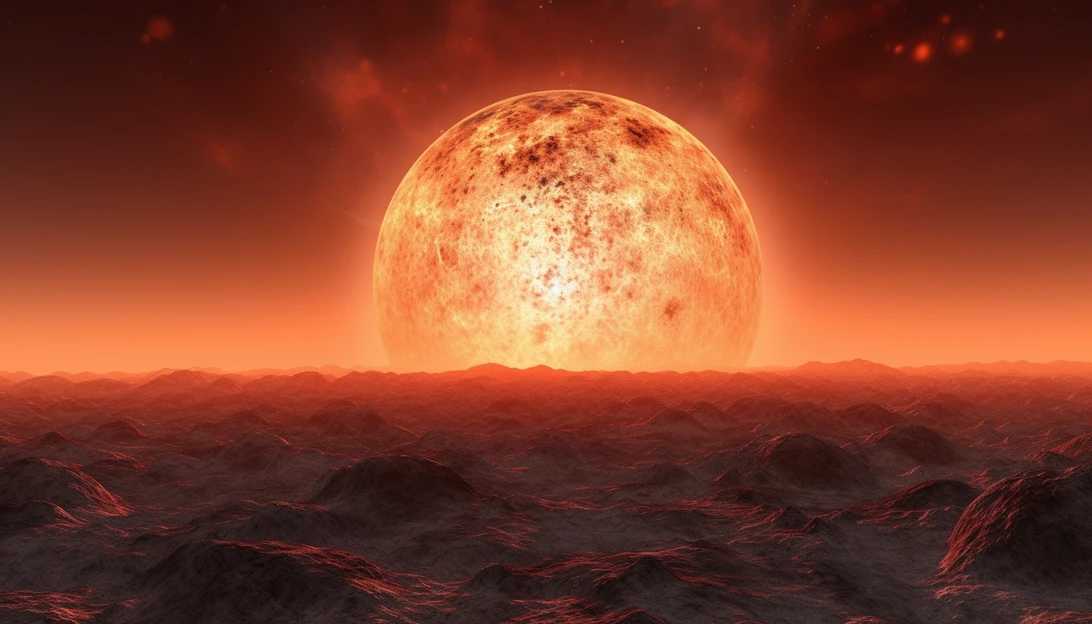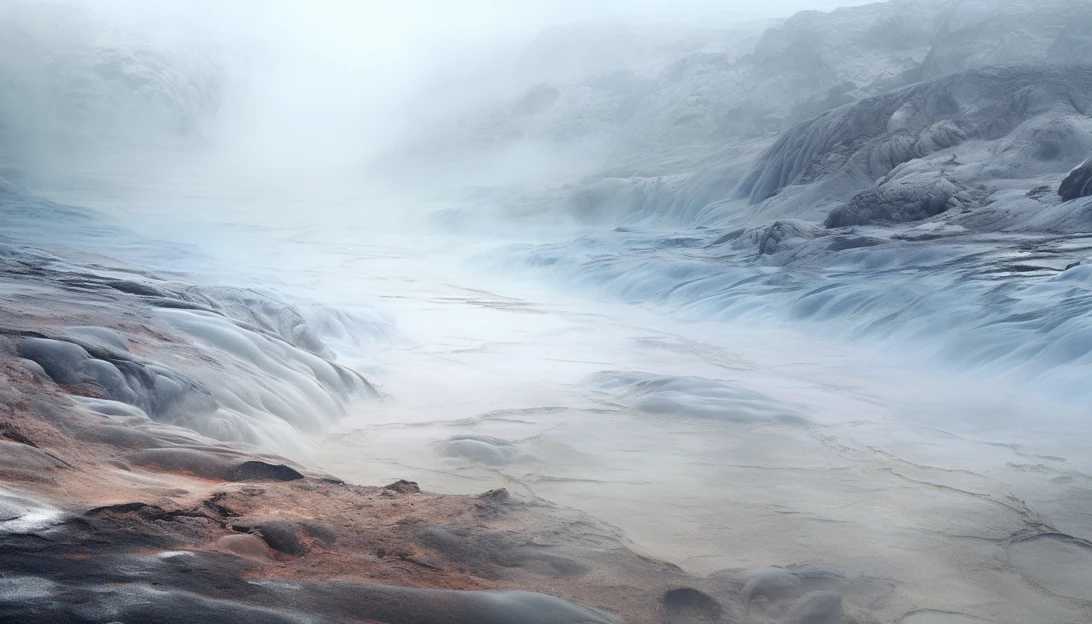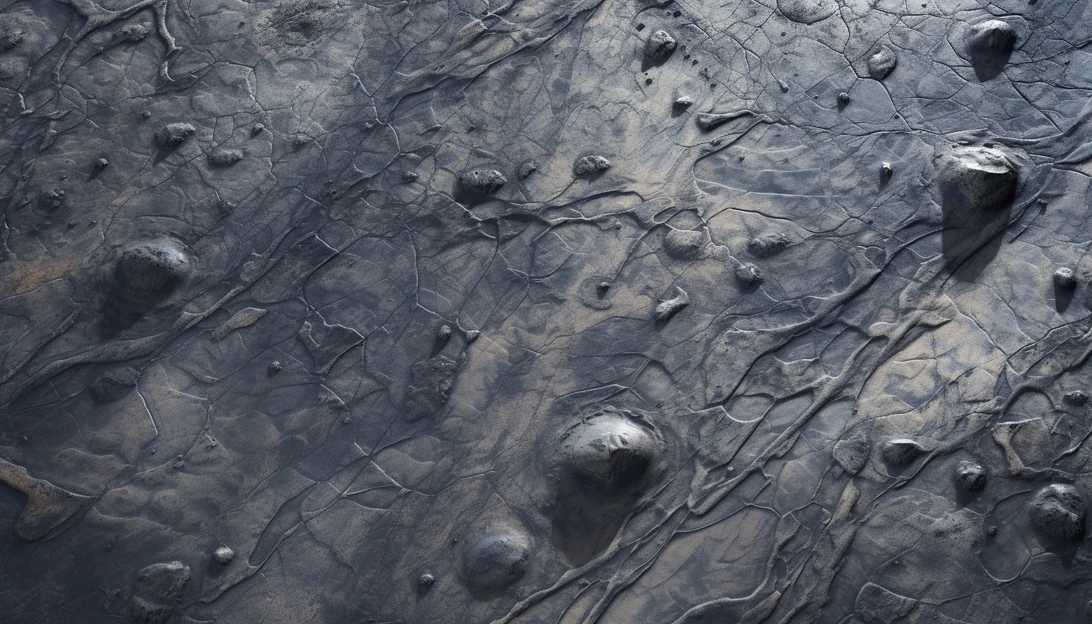Air & Space
published : 2023-12-10
Mercury's Potential for Life Revealed: Glaciers and Volatiles Hold the Key
New study uncovers the possibility of life below the harsh surface of Mercury

Scientists have long considered Mercury, the planet closest to the sun, as one of the most inhospitable places in our solar system. With scorching daytime temperatures reaching 800 degrees Fahrenheit and bone-chilling nights at 290 degrees Fahrenheit, it seemed impossible for any form of life to exist there. However, a groundbreaking study has shed new light on the potential for life on this harsh planet.
The study, led by Alexis Rodriguez, a scientist at the Planetary Science Institute (PSI), has revealed the presence of salt glaciers on Mercury's surface. These glaciers, similar to those found on Earth but devoid of moisture, contain elements such as sulfur, chlorine, and potassium—key ingredients for creating conditions conducive to life.
The discovery of these salt glaciers challenges previous assumptions about the formation of Mercury's surface. While it was initially believed that a massive asteroid impact had created the unique mix of materials on the planet, subsequent research suggests that the glaciers may exist independent of this violent event.

Rodriguez explains that certain salt compounds on Earth can create habitable environments even in the harshest conditions, such as the arid Atacama Desert in Chile. This line of thinking leads scientists to wonder if subsurface areas on Mercury could be more hospitable than its brutal surface.
The PSI researchers argue that the salt glaciers likely originated from deeply buried layers rich in volatiles, which were then exposed by asteroid impacts. These glaciers, after their formation, have retained volatiles for over a billion years, according to Bryan Travis, another PSI scientist involved in the study.
Furthermore, the glaciers exhibit intricate patterns of hollows, indicating the presence of a volatile-rich composition. Deborah Domingue, a PSI scientist, suggests that these hollows formed due to the impact-induced exposure of volatile-rich zones.

The implications of this study are profound. It expands our understanding of the environmental parameters that could sustain life and offers new insights into the potential habitability of not just Mercury but also Mercury-like exoplanets. With recent discoveries of nitrogen glaciers on Pluto, the phenomenon of glaciation appears to extend across the extremes of our solar system.
While the study does not provide definitive proof of life on Mercury, it sparks a tantalizing question: Could there be hidden pockets beneath the surface where organisms adapted to extreme conditions thrive? The answer to this question could revolutionize our understanding of astrobiology and the possibilities for life beyond Earth.
As scientists continue to explore the mysteries of Mercury and other celestial bodies, we are left in awe of the vastness and diversity of the universe. The quest for life in the cosmos is a reminder that we are just a small part of a grand cosmic tapestry, and every new discovery brings us closer to unraveling its secrets.
